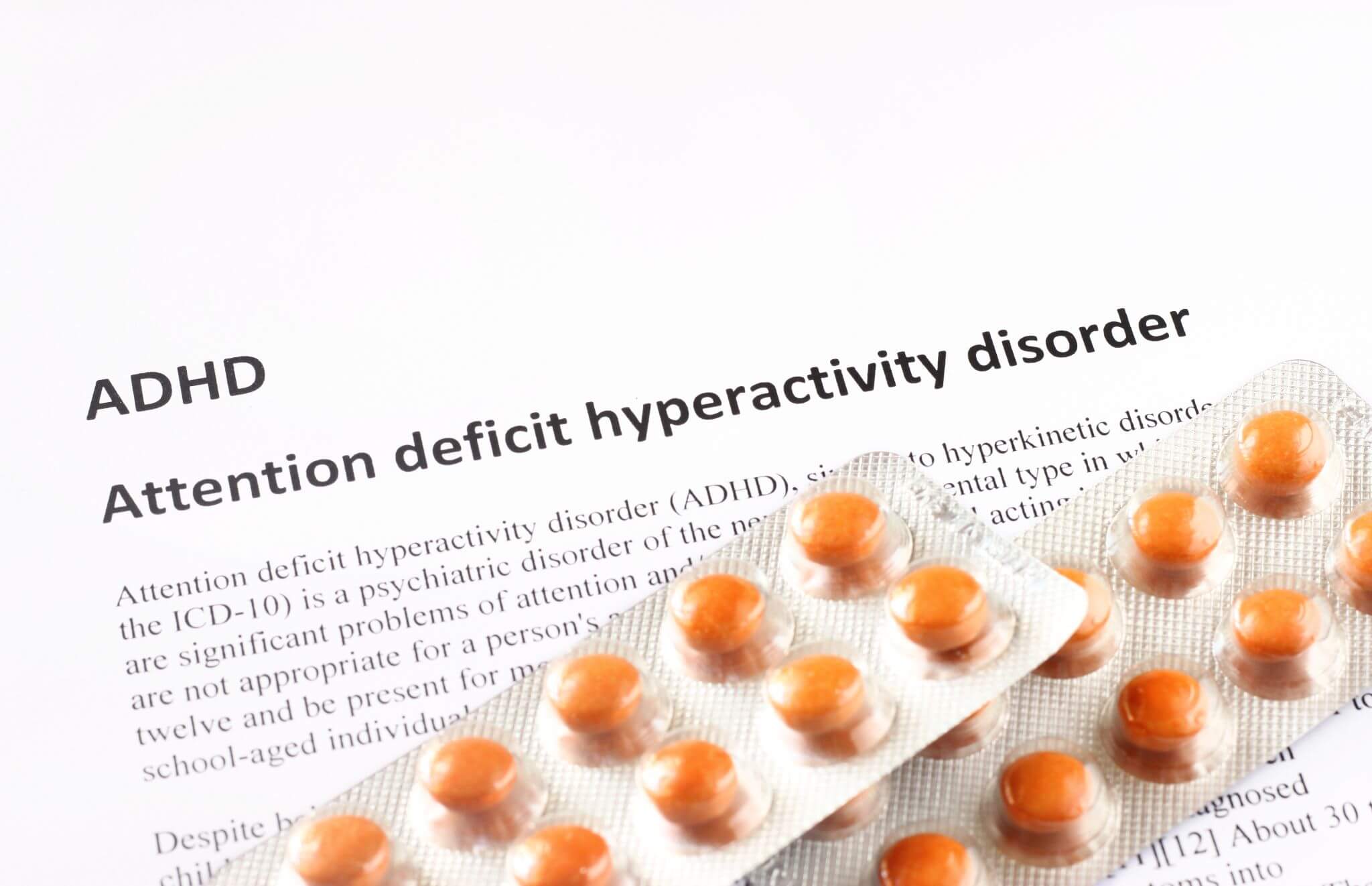In April this year, the FDA approved a new ADHD medication of its type for the first time in over a decade. Attention-deficit hyperactivity disorder (ADHD) can be managed through various medications, but now there is another treatment option in the form of a new drug called Qelbree.
In general, ADHD drugs are either made up of stimulants or non-stimulants, with more modern medications falling into the stimulant category more often than not. These stimulant-based ADHD drugs increase levels of dopamine in the brain, which help increase motivation, concentration, and attention. However, they also have severe side effects like high blood pressure, headaches, a suppressed appetite, and insomnia.
Let’s take a look at the newly approved Qelbree medication, what it consists of, how it has been tested, and the possible side effects for those who choose it as ADHD treatment.
What is Qelbree?
Qelbree, formerly known as SPN-812, is a non-stimulant ADHD medication containing a serotonin-norepinephrine modulating agent approved by the FDA to treat attention deficit hyperactivity disorder (ADHD or ADD) in patients 6 to 17 years of age. Its active ingredient, viloxazine hydrochloride, was previously marketed as an antidepressant in Europe.”
Viloxazine is what is known as a “norepinephrine reuptake inhibitor.” This means that it helps block the absorption of an excitatory brain chemical known as norepinephrine. The development of this non-stimulant drug is particularly ground-breaking given the dependency issues that have been noted with regards to other ADHD treatments such as Ritalin.
Who developed it and how was it tested?
Qelbree was developed by Supernus Pharmaceuticals of Rockville, Maryland. They evaluated the drug in four placebo-controlled Phase 3 studies. These studies included more than 1,000 patients. There were two studies in the ages between 6 and 11, and another two for adolescents between the ages of 12 and 17. In 2018, Supernus released preliminary data that showed the drug had met the study’s aim of showing a significant reduction of ADHD symptoms, using the official disorder scale.
The company also announced positive results in the Phase 3 study that included testing Qelbree in adults. They will be approaching the FDA for expanded adult approval later on in the year.
What about dosage?
Qelbree is intended for use in ADHD patients between the ages of 6 and 17 years old. For the younger age group, between the ages of 6 and 11, the recommended starting dose is 100 mg once a day. This will slowly be increased by 100 mg a week until the maximum recommended dosage of 400 mg a day is reached.
For patients between the ages of 12 and 17, the recommended starting dose is 200 mg once daily. This can then be increased by 200 mg after the first week to the maximum dosage of 400 mg.
The capsules themselves can be opened and sprinkled onto food or swallowed whole. Do not attempt to crush, cut, or chew Qelbree.
What are the side effects of Qelbree?
As with any medication, there were some rare side-effects experienced by some of the patients. So, it’s essential that you test the drug out and assess it with the patient when starting treatment, following an increase of dosage, and periodically throughout the treatment. Some of the side effects of the drug included increased blood pressure and heart rate, drowsiness, decreased appetite, nausea, insomnia, and irritability.
The drug’s box does hold warning labels cautioning that it could cause suicidal thoughts. This is because around 1% of children treated with the drug had higher rates of suicidal thoughts than those given the placebo. This was mainly in the first few months of treatment or after an increase in dosage. Parents and caregivers must be extra vigilant of this and should get in touch with a medical professional should their child exhibit any of these tendencies.
Drug interactions
Supernus has added that “Patients that take certain antidepressant medicines, especially those called a monoamine oxidase inhibitor or MAOI, or certain asthma medicines, should not take Qelbree.
Qelbree is a strong CYP1A2 inhibitor. Coadministration with moderately sensitive CYP1A2 substrates, such as clozapine and pirfenidone, is not recommended. Qelbree is a weak inhibitor of CYP2D6 and CYP3A4, which increases the exposure of those substrates, such as dextromethorphan and alfentanil when coadministered with Qelbree.”
It is also not advised for patients who have bipolar disorder to take Qelbree, and it’s important to screen for this before deciding on Qelbree for ADHD treatment.
Help is at hand
At OC Teen Center, we know that medical information can be overwhelming and make little sense at times, but that’s why we are here. The medical professionals at our teen therapy center are on hand to help you choose the best course of treatment for your child. All of our programs are tailored to the individual to ensure the most effective outcome.
Feel free to get in touch with us if you’d like to know more about Qelbree or any other ADHD medication, as well as the services that we offer to help your child reach their full potential.







